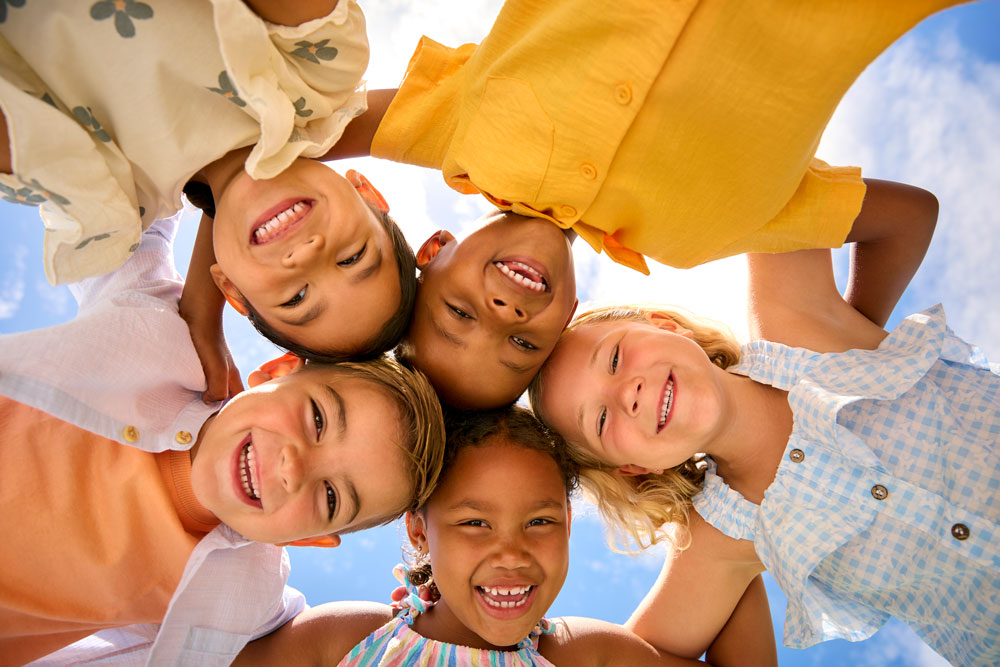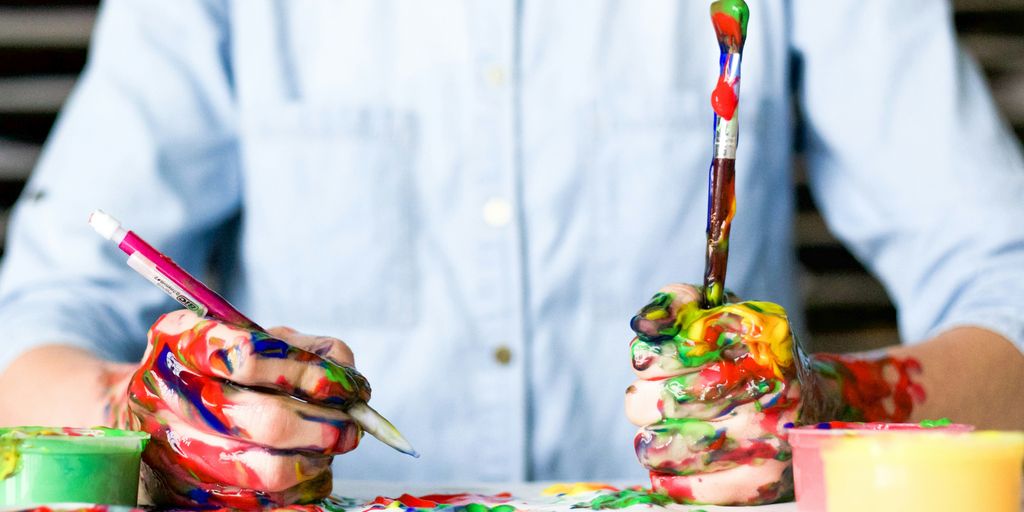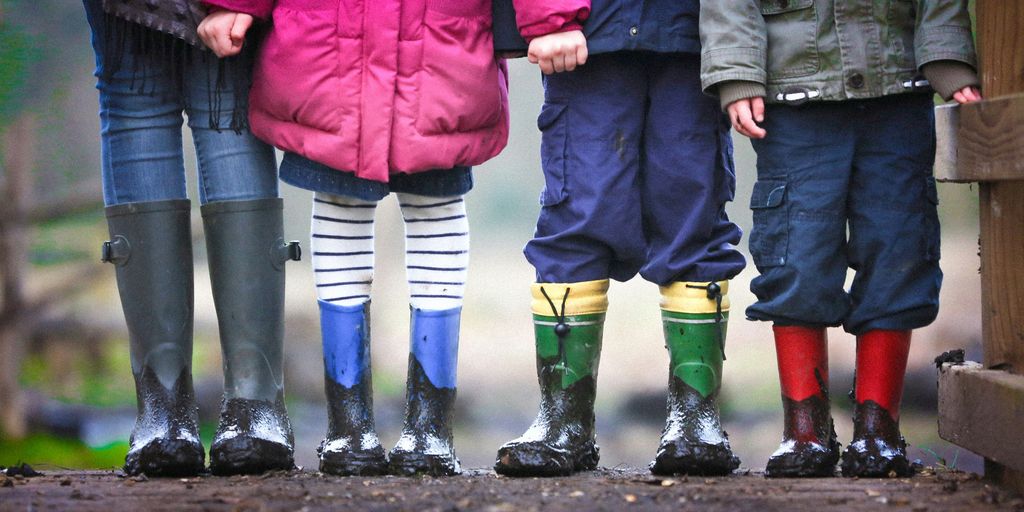
Navigating the Bilingual Landscape in Childcare
Early Writing Development
In our bilingual-inspired curriculum, young learners transition from random scribbles to forming meaningful stories. This progression is not just about learning to write but also about understanding and using two languages creatively. Children express themselves more fully when they can switch between languages, enhancing their cognitive flexibility.
Engaging Diverse Voices
Our approach goes beyond traditional methods by actively involving children in discussions and activities that reflect a diverse range of cultures and languages. This engagement helps to build a community where every child feels valued and heard. It’s crucial for fostering an inclusive environment that respects and celebrates diversity.
Practical Ways to Sprinkle Positive Reinforcement
Positive reinforcement is key in any learning environment, especially when children are learning in more than one language:
Praise efforts as well as achievements.
Use rewards that encourage further exploration and learning.
Regularly introduce new language games that make learning fun and engaging.
By integrating these strategies, we ensure that our preschoolers in Hillsboro, Oregon, and Aloha, Oregon, not only learn but thrive in a bilingual setting. This approach supports our goals of providing top-notch early childhood education and promoting language immersion in preschool childcare.
Environmental Insights and Educational Practices

Let’s Go Camping: Integrating Nature into Learning
Integrating nature into learning involves more than just occasional field trips. It includes regular outdoor activities and lessons that teach students about the environment through direct experience. This method helps build a deeper understanding and appreciation of nature among young learners.
Transitional Strategies for Young Learners

From Scribbles to Stories: Early Writing Development
Helping young children transition into new routines can be challenging but rewarding. Creating a positive learning environment is crucial for their social and emotional development. Here are some strategies to make transitions smoother:
Establish clear routines to reduce stress.
Use engaging activities to foster a sense of security.
Encourage exploration and play-based learning to keep children excited about new experiences.
Engaging Diverse Voices
Crafting memories during special occasions like Mother’s Day is a wonderful way to make learning memorable. By involving children in creating gifts or cards, they learn valuable skills while expressing their love and creativity. This not only enhances their learning experience but also helps in building strong emotional bonds.
Practical Ways to Sprinkle Positive Reinforcement
Positive reinforcement is a powerful tool in managing transitions for young learners. Recognizing and celebrating small achievements encourages children to embrace new challenges with confidence. Here are some tips:
Offer verbal praises for efforts, not just results.
Provide tangible rewards that promote further learning.
Create a supportive community that cheers for every child’s success.
Transitioning to new routines or environments can be a big step for young learners, but with the right strategies and a focus on emotional well-being, they can thrive and develop a lifelong love for learning.
As we journey from Portland to the coast, our bilingual-inspired childcare curriculum not only bridges geographical distances but also cultural and linguistic gaps. This voyage through innovative educational practices highlights the importance of embracing diversity and fostering inclusivity from an early age. By integrating bilingual elements into our curriculum, we prepare our children not just for academic success, but for a life of understanding and appreciating the rich tapestry of human cultures. Let’s continue to nurture these young minds with the care, creativity, and commitment they deserve, ensuring a brighter, more connected future for all.


